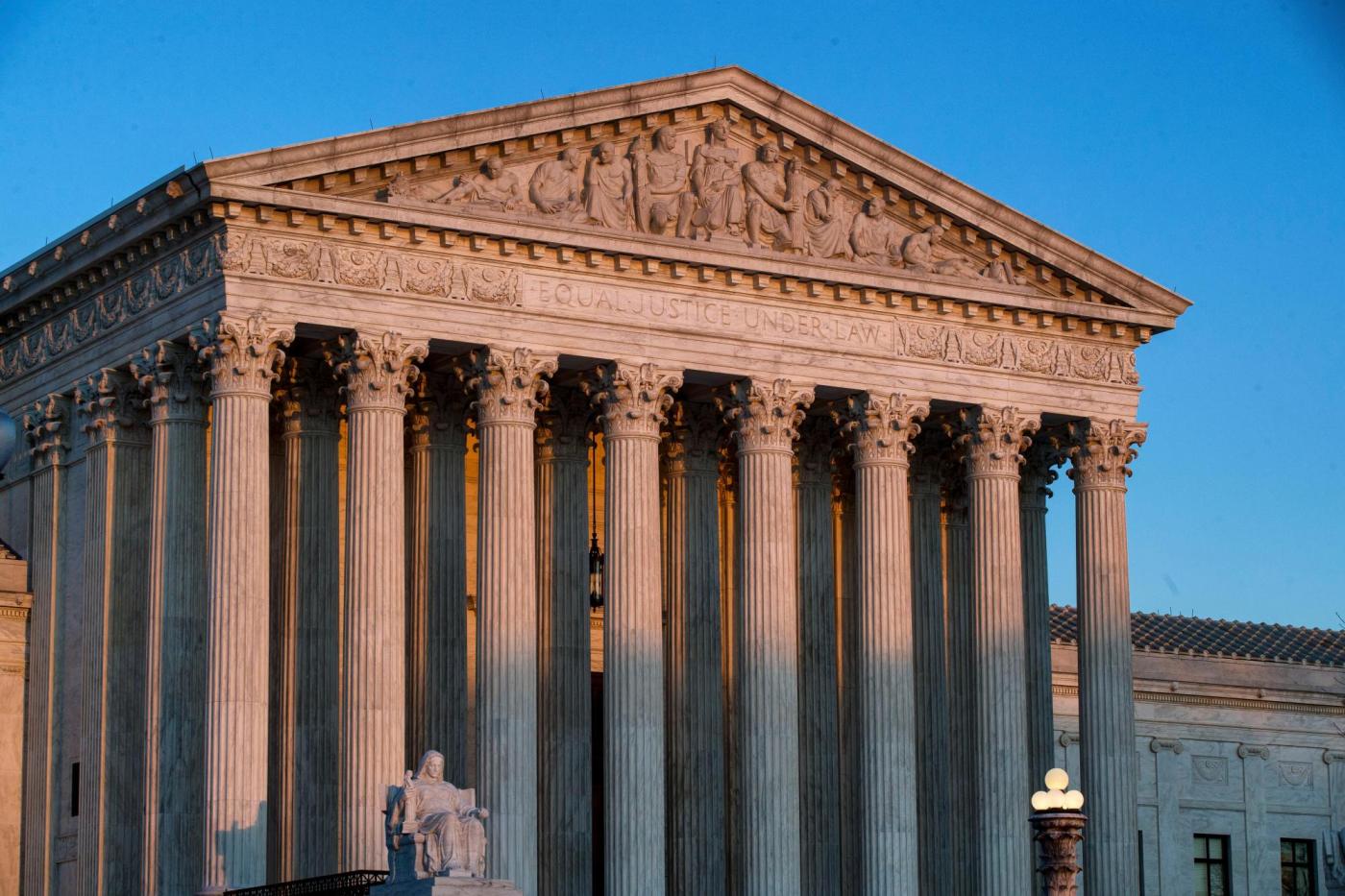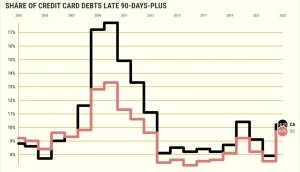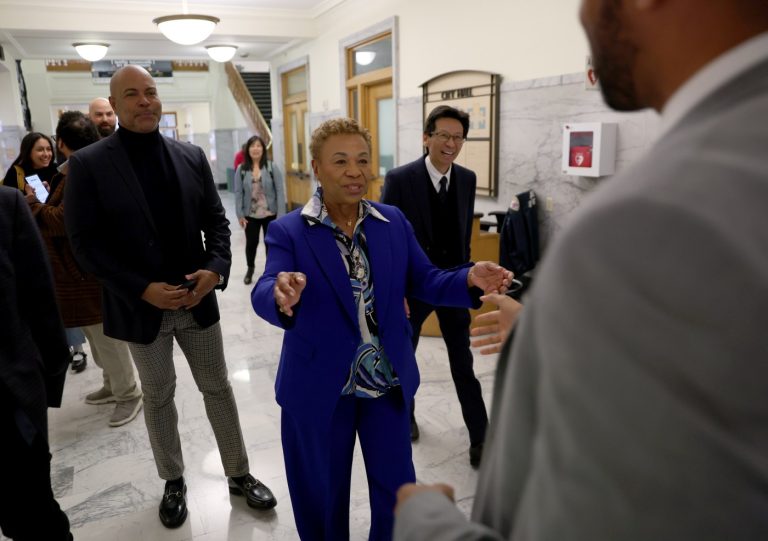The Supreme Court on Friday significantly weakened the power of federal agencies to approve regulations in a major decision that could have sweeping implications for the environment, public health and the workplace.
The 6-3 ruling, overturning a precedent from 1984, will shift the balance of power between the executive and judicial branches and hands an important victory to conservatives who have sought for years to rein in the regulatory authority of the “administrative state.”
The lawsuits were filed by two groups of herring fishermen challenging a Commerce Department regulation requiring them to pay the salaries of government observers who board their vessels to monitor the catch. But the decision will net a far wider swath of federal regulations affecting many facets of American life.
Related Articles
Supreme Court makes it harder to charge Capitol riot defendants with obstruction, charge Trump faces
Supreme Court allows cities to enforce bans on homeless people sleeping outside
Bay Area film shines light on pre-Roe era: Three women’s stories echo in today’s reproductive rights debate
What’s left for the Supreme Court to decide? 8 cases remain and here are the major ones
7 in 10 Americans think Supreme Court justices put ideology over impartiality: poll
The decision overturns the Chevron v. Natural Resources Defense Council precedent that required courts to give deference to federal agencies when creating regulations based on an ambiguous law. Congress routinely enacts open-ended laws that give latitude to agencies to work out – and adjust – the details to new circumstances.
“Chevron is overruled,” Chief Justice John Roberts wrote in his majority opinion. “Courts must exercise their independent judgment in deciding whether an agency has acted within its statutory authority.”
This story is breaking and will be updated.
The-CNN-Wire
& © 2024 Cable News Network, Inc., a Warner Bros. Discovery Company. All rights reserved.












